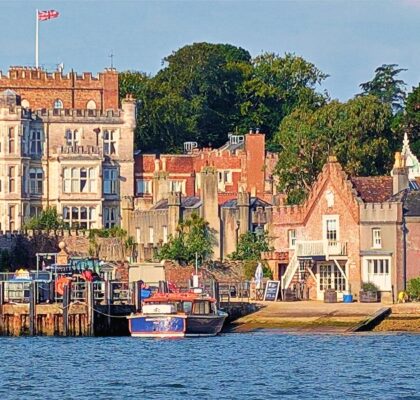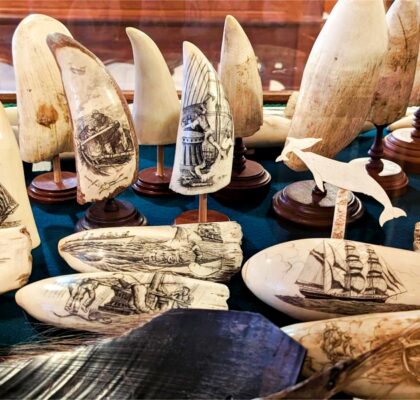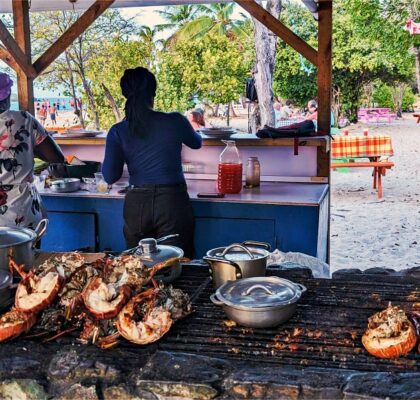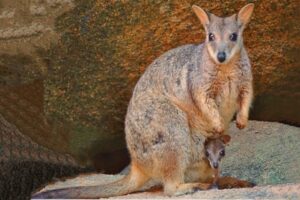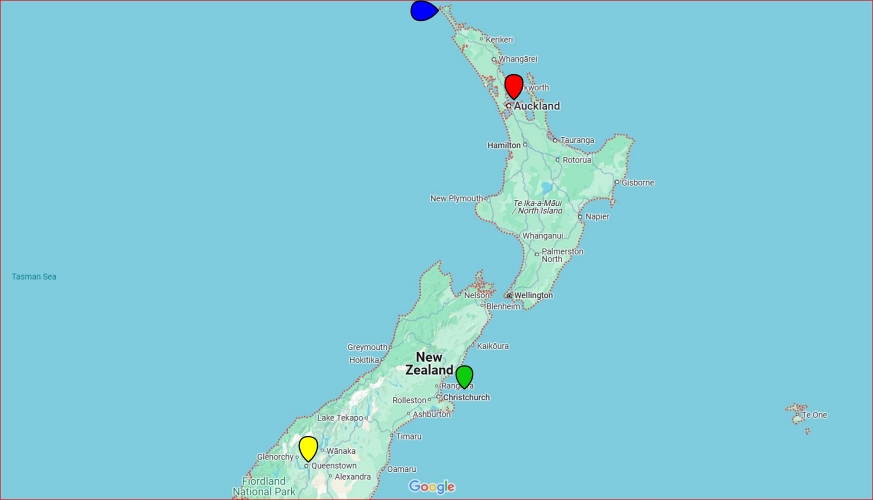
We visited both the South and North islands of New Zealand. Staying with people gave us an insight to life, for example whilst watching the evening news on TV (there are only 2 channels which do not broadcast at weekends) and discussing with them. News and weather presenters start by welcoming in Maori. New Zealanders cope with the constant challenges caused by nature… on the Coromandel peninsula the only road to link communities had been closed by a landslide for 3 months. There were frequent small earthquakes, constant flooding and we sometimes drove on roads partly swept away by landslides. The huge earthquakes of 2010/11 virtually flattened Christchurch killing 186 people whose names are engraved on a 100m long outside memorial wall. Soon after the colourful ‘Cardboard’ Cathedral was built using 98 cardboard tubes. The old cathedral is still being restored. There are decorated murals around the city including in outside car parks – nowadays no underground car parks are allowed.
We discovered different foods like red kiwis, feijoa fruit and greenshell mussels. Delicious! There is a unique population of birds, many flightless like wekas. The birdsong of fantails is exquisite. In Oamaru we saw little blue penguins waddling out of the sea scurrying to their nests. It was amazing to be so near them. On the coast near Kaikoura we walked amongst umpteen fur seals.
Nearly 20% of the population are descendants of the Maoris who arrived from Polynesia in the early 1300s. In 1840 Maori chiefs signed the Treaty of Waitangi with the British Crown. Based on this, efforts have been made to increase the standing of the Maoris and their culture has been revived. Along the river of Waitaki valley at the Takiroa Maori rock painting site C19th drawings are hidden in the cliffs. Elephant rocks is a field of massive limestone boulders sculptured by wind, rain and rivers. In Te Papa museum in Wellington as well as Waikato museum in Hamilton there are large collections of Maori artifacts including long magnificently carved canoes. In the north island we visited several Maori villages. Koriniti Marae has beautiful wooden sculptures and buildings. In Rotorua the Te Puia Cultural Centre with its carved meeting house and live cultural performance was a highlight.
New Zealand is a country to be outdoors. The scenery is incredible and so diverse. With a small population, apart from in towns you can easily be alone. In picturesque Te Anau we went through caves by boat staring up at the constellations of bluish sparkling glowworms. Our cruise in the fjord of Milford Sound surrounded by huge rock faces with big waterfalls was sublime. On the way to Franz Josef Glacier we admired Makarora’s blue pools, many majestic waterfalls like Fantail Falls and Thunder Creek Falls and ‘mirror lakes’ like Brunner and Mathieson. The limestone Pancake Rocks and blowholes near Punakaiki are impressive. Lakes are sometimes surrounded by snow-capped mountains. Forests with tall imposing trees like the redwoods in Redwood Forest, or giant kauri coniferous trees in the Waipou Forest, Te Matua Ngahere is the ‘Father of the Forest’ . Long sandy, beaches like Hahei beach on the Coromandel Peninsular and Mangawhai Heads on the NE coast, or backed with pine forests as on Rabbit Island. 90 Mile Beach is a continuous stretch lined with high sand dunes ending at Cape Reinga; a dramatic headland and the furthest northern point of NZ with a signpost showing distances from capitals including London: 9735 miles or 18029 kms. A long way from home! There is a lot of geothermal activity like the Craters of the Moon near Taupo and Kuirau Park, Rotorua, with bubbling mud pools. Pohutu (Big Splash) is a geyser in Te Puia which erupts around 20 times a day spurting hot water up to 30m skyward! Volcanoes run through the centre of the North Island from Tongariro National Park up to White Island in the Bay of Plenty which erupted in 2019. We went to Mount Eden, which is Auckland’s highest volcano cone at 196m.
There were many highlights: buildings by Hundertwasser in Whangarei, the Edwin Fox Maritime Museum, Picton, talking to a volunteer, whilst at the International Antarctic Museum, Christchurch, who had been on an expedition to the Antarctic, and riding in a Hagglund all-terrain amphibious Antarctic vehicle. The main one for Fione was seeing an old school friend, Tessa, who emigrated to Auckland 40 years ago.
